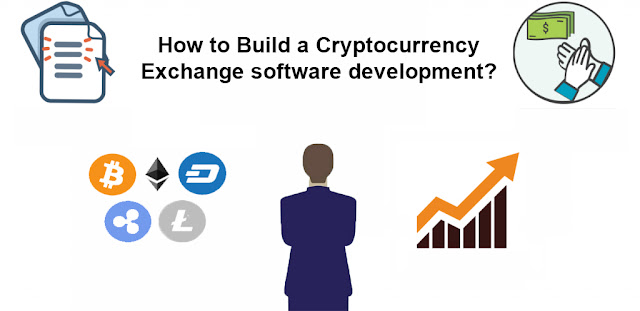How to Create an Ethereum Token?
Since the advent of ICOs, ERC20 tokens have gained massive
popularity and they indeed deserve it. The Ethereum ecosystem is unique and
lets the programmers to play within its confined limits. The creation of ERC20 tokens can be as large as possible depending on how many tokens you want to
generate. And that's how it powers the entrepreneurs and startups to start
their projects with minimal risks and better chances to flourish.
The beginning of the Ethereum ecosystem gave birth to many
standards which are used in the creation of tokens. Irrespective of their distinct
traits, they all are productive and conducive to the ICO environment. ERC20 is
the most common and fungible form of tokens in the Ethereum ecosystem. There
are some others that exist either as a less popular standard or just a
proposal.
·
ERC
223
·
ERC
721
·
ERC
621
·
ERC
827
Most of these standards are just a proposal by the
programmers of Ethereum. They all offer different capabilities and features.
ERC 223 is designed to prevent the loss of
tokens. However, this problem seems to be fixed already with ENS (Ethereum Name
Service) which is going to be universally implemented in the next couple of years.
The other benefit of this standard is the less consumption of gas than ERC 20.
This particular standard hasn't been applied by any ICO yet
and it remains a proposal. It also requires some alterations in its core design
to go in accordance with the ICO projects.
ERC 721 was created with the intent of
bringing a non-fungible token. In all the other standards, tokens are fungible,
which means all the individual units of that token are same. This is done to ease the trade, so the tokens
can be treated equally and can be exchanged without any issues. However, in
some rare scenarios, you need to have unidentical tokens for making differences
among them.
Especially, when you deal in different investment entities, a
real estate token and energy token can't have the same value. So this standard
solves that problem for you. Just like the former one, this is also a proposal
and its implementation is being mulled over by the Ethereum foundation.
ERC 621 is an extended version of the ERC20
token. It was designed for the purpose of increasing and decreasing the token
supply in circulation. As per the ERC20 standard, the token supply can't be
modified. This token standard allows you to do that.
ERC 827 goes a step ahead of ERC621 and
grants authority to the token holder to prevent the third party from spending
the tokens along with the modification. In the same way, it also allows third-party applications including wallets and exchanges to reuse the tokens.
This token standard is considered very useful by the entire crypto sphere and
its compatibility with ERC20 makes it adaptable too.
Coin Developer India is the top ERC20 token development company.
We have empowered many projects with tokens and our services are very
affordable. Our team knows the Ethereum ecosystem in and out and can help your
project with an unlimited amount of tokens.




Comments
Post a Comment